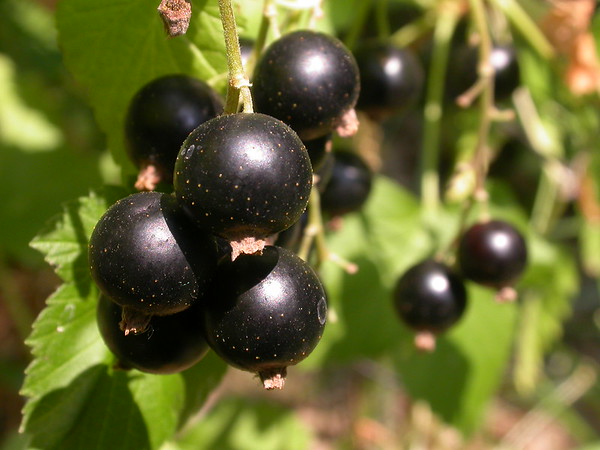
European black currants have a very distinct musky flavor which is prized by many in Europe and the U.S. We love these fruit and make a honey and currant jam that our toddler eats by the spoonful... more->
We spent 13 years building an abundant fruit forest, annual veggie beds, perennial medicinal herbs, and a healthy mixed hardwood-coniferous forest and now we've sold our property to the next stewards so that we can begin a new homesteading project in Vermont closer to our best friends and their kids.
Don't worry - we plan to keep this website up and running so that our customers can reference what we've written about our plants!
We'll let you know once we re-start a farm in Vermont!
 So many colors! Sweet nectar! Delicious and so good for you!
So many colors! Sweet nectar! Delicious and so good for you!
We love to add a dash of colorful calendula, borage, and bachelor's button flowers to our salads on special occasions. Sweet violets, soft rose petals, and silky purple mallow flowers delight guests as they enjoy a summertime dessert. At just the sight of the hibiscus-shaped flowers of rose of sharon, you feel like you're on a tropical island - taste the sweet nectar and marshmallow softness of that flower stuffed with a bite of scrumptious dessert, and that little slice of paradise transforms your kitchen too!
Several restaurants use edible flowers harvested here at Fern Hill in their local and seasonal menus.

European black currants have a very distinct musky flavor which is prized by many in Europe and the U.S. We love these fruit and make a honey and currant jam that our toddler eats by the spoonful... more->
Lovage is an excellent addition to a perennial vegetable garden. Bursting forth in spring, this plant can shoot up to six or seven feet tall each year. The aromatic leaves have a flavor similar to... more->
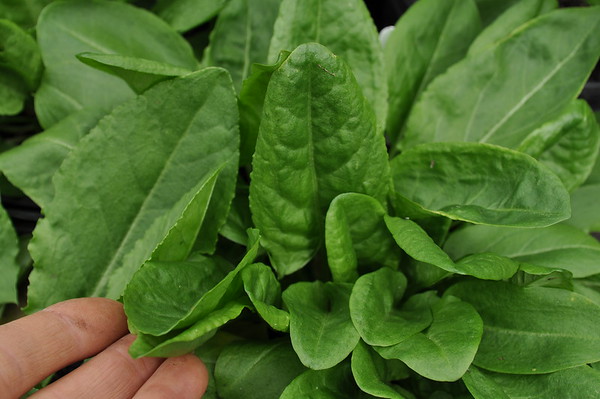
We rely on garden sorrel greens in January and February. Before any other outdoor crop is ready to harvest, garden sorrel is up and abundant! You'll be glad you put some sorrel in the ground... more->
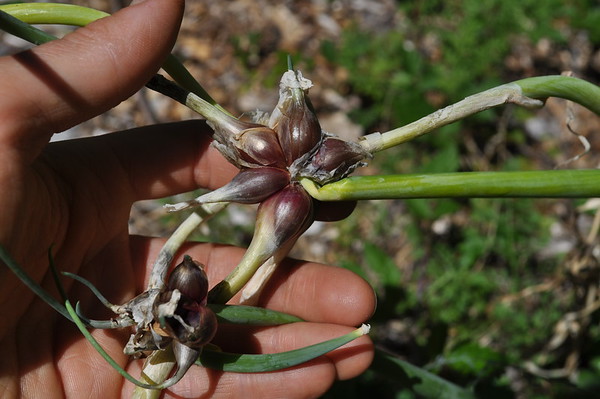
This onion has the funny habit of creating bulbs atop its flowering scapes that grow so big and heavy that the stems bend down and plant the bulblets in the soil about a foot away from the mother... more->
This aromatic and savory variety of oregano is native to the Middle East where it grows in abundance on the rocky hillsides. It's leaves are covered in fine grey hairs that help it conserve water... more->
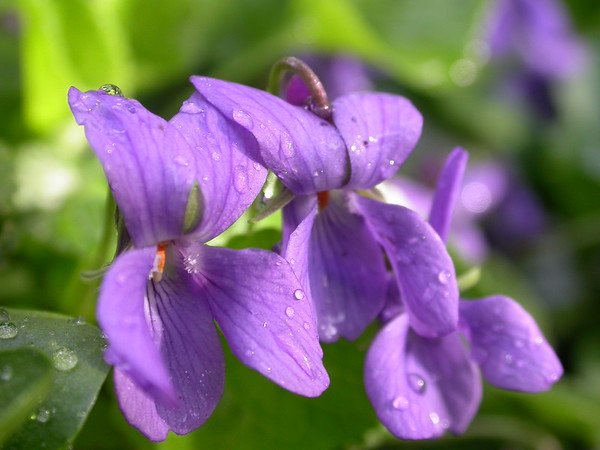
One of the first flowers to bloom in spring, purple sweet violet flowers bring a subtle and sweet aroma to the garden as it wakes from slumber. With edible and fragrant flowers as well as edible... more->
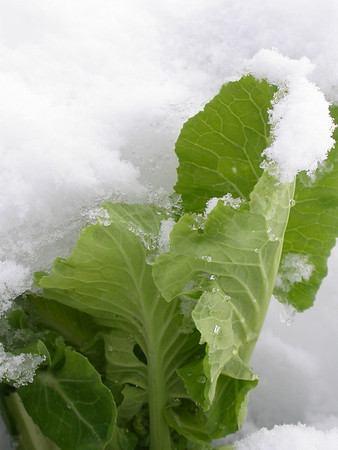
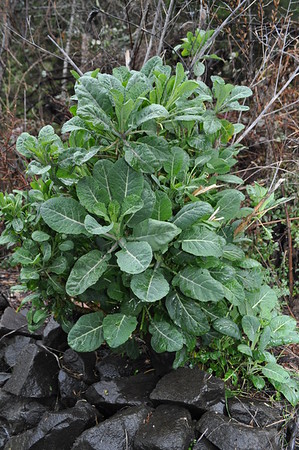
Like other non-heading collard greens, this sturdy and cold-hardy vegetable produces large smooth, oval-shaped leaves that are really nice to harvest in fall, winter, and spring. It then grows... more->
This currant has smooth, lobed leaves and berries that have spicy and gingery tones that ride on top of the sweet and sour currant flavor. It's yellow flowers brighten the garden in late spring... more->
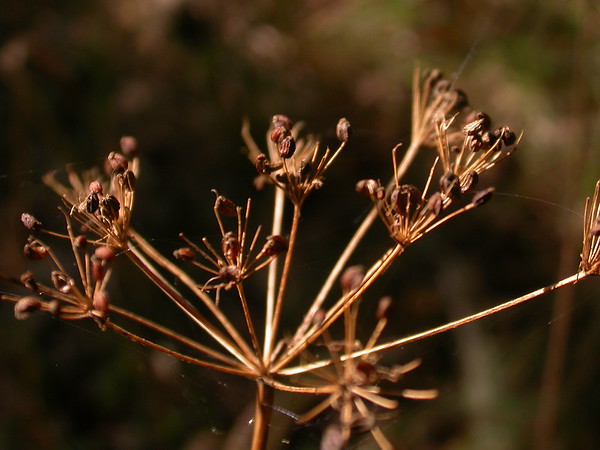
Native oak woodlands and meadows throughout the Pacific Northwest, licorice root, also known as celery-leaved lovage, is an herbaceous perennial in the carrot family. The leaves are edible and can... more->
No herb garden is complete without this fragrant and savory leaf to add to pasta sauce, soup stock and more. Sage also produces beautiful and edible pink flowers that attract pollinators.... more->
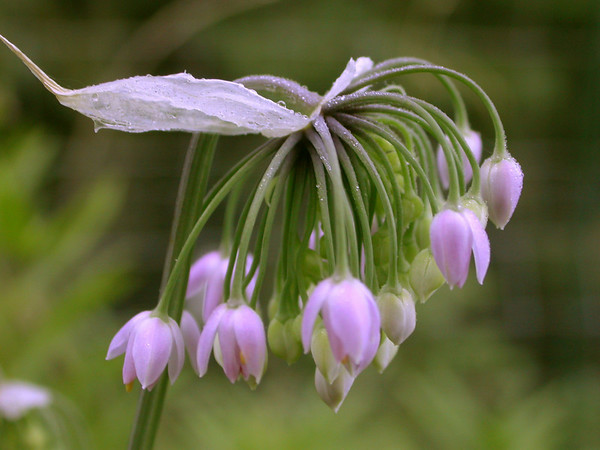
Nodding onion is a showy native onion that is also a great addition to a perennial vegetable garden. The grass-like leaves can be harvested any time and eaten raw like chives or cooked as green... more->
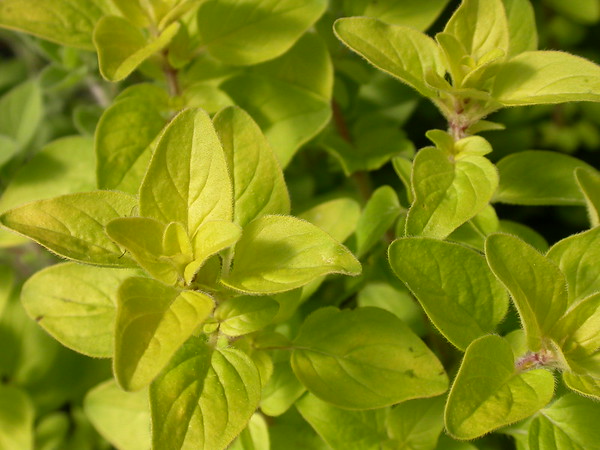
This low-growing oregano has beautiful golden leaves and a nice aromatic flavor for cooking. It prefers full sun, and loses its color in part shade. more->
Native throughout most of the northern hemisphere, alpine strawberry is that amazingly sweet wild strawberry you remember from childhood. Small fruits pack superb flavor. Plants are vigorous in... more->
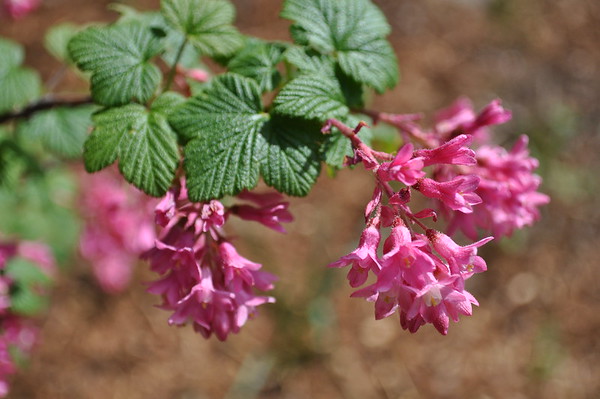
This is one of the earliest blooming and showiest shrubs in the Pacific Northwest! Red flowering currant is a very popular plant for a variety of reasons. The large clusters of pink-red flowers... more->
Native to dry, brushy and forested hill slopes in northern California and southern Oregon, this is the largest species of biscuitroot that we grow. I've seen it up to 4 feet tall and several feet... more->
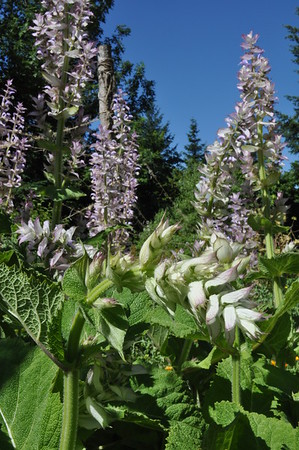
With the sweet and spicy aroma of grapefruit and pine, clary sage brightens our day with its scent as well as with its spikes of white and purple flowers. This biennial starts out the first year... more->
This purple and white onion grows round bulbs in clusters that are firm, crisp, and have delicious savory flavor. more->
Kalitera means "the finest" in Greek, and this oregano lives up to its name. It has a smooth flavor like marjoram without the spicy bitterness found in seed-grown oregano. It grows upright on... more->
'Invicta' produces high yields of large dessert quality green fruit, and is considered by many to be the best variety in North America. It has excellent flavor, is mildew resistant, and is more... more->
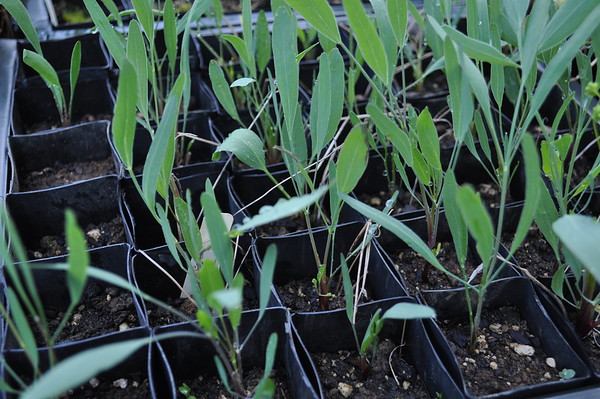
I really like the parsley-like taste of this edible perennial in the carrot family. Another common name is pestle-parsley. It's also native to wet meadows and well-drained hillsides in the... more->
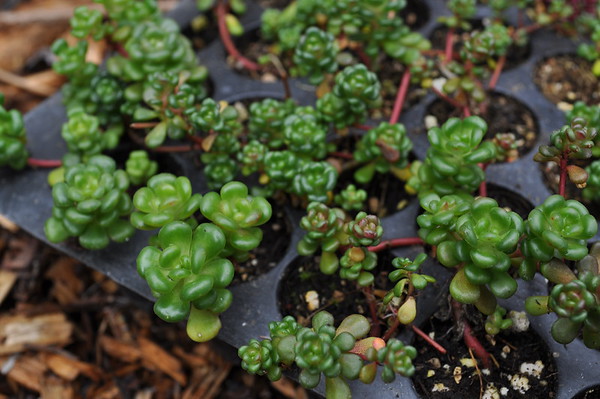
Oregon stonecrop has glossy green leaves that look like little elephant toes. I think it has the best-tasting leaves of any native Sedum. more->
Ramps are a wild onion native to the eastern US and Canada. They grow in the thick duff of the dappled shade in the understory of somehat open forest canopies. Ramps appreciate the moist summers... more->

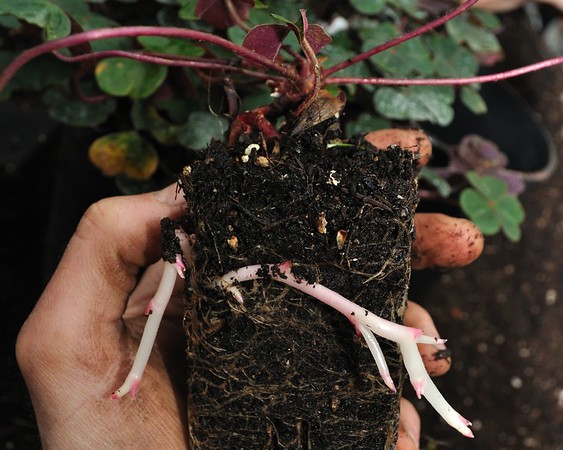
A beautiful shade-tolerant ground cover, the native Oregon wood sorrel spreads happily on the forest floor, or a shady garden floor. It likes lots of organic matter and shade. If it does not... more->
We have grown this early fruiting variety for many years with success. We harvest lots of large sweet fruits starting in late May until near the end of June. Its easy to grow and prefers full... more->
Jostaberry is a cross between european currants and gooseberries, taking the best from both. It is a thornless shrub producing dark fruits with a mild black currant flavor. The fruit is larger... more->
Edible flowers and leaves make muskmallow a great perennial for a sunny garden. It starts growing in early spring and blooms a deep pink in late spring through summer. Our plants bloom profusely... more->
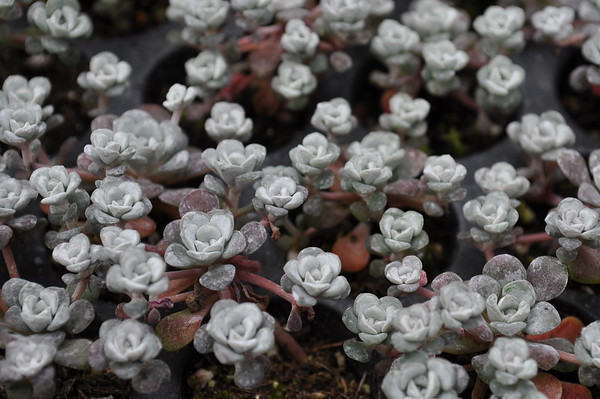
This grey-leaved and beautifully patterned stonecrop grows the fastest of any Sedum species in our gardens. The leaves are a bit more chalky and less palatable than the others, though.... more->

Lemon verbena is one of our favorite tea plants. Fast growing in warm weather, aromatic leaves have a strong lemon flavor. We steep it fresh or dry it to enjoy all winter. It prefers full sun... more->
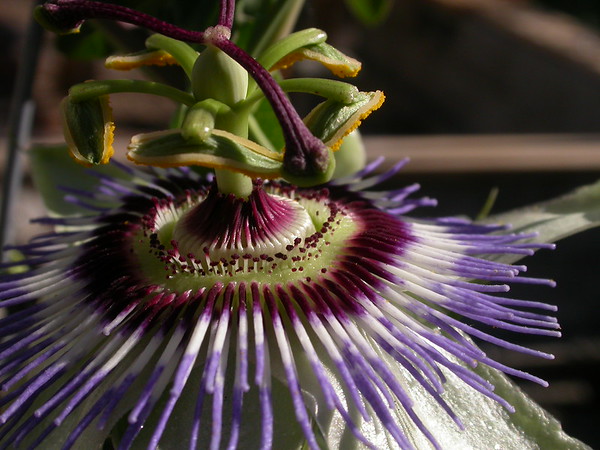
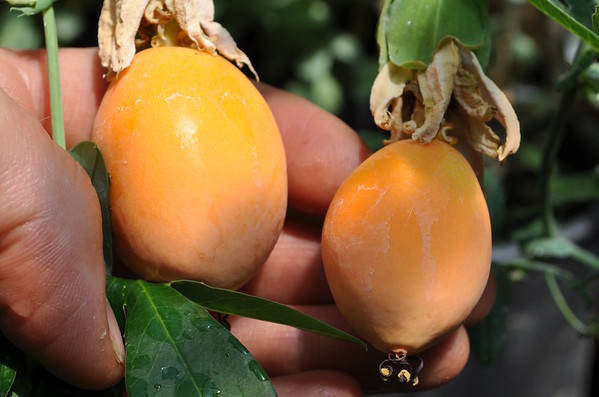
Fabulous flowers on this semi-evergreen vine. The complex blue flowers bloom mid summer to fall. This vine is reasonably hardy and can grow a lot in one season. During cold winters it may die... more->
Salal is an evergreen shrub in the heath family with glossy leaves, white urn-shaped flowers, and edible purple berries. Salal prefers moist shade, but it often bears the most fruit in sunny... more->
This native rose shrub has the largest pink flowers of the Oregon species. They perfume the woods when they bloom in May! more->
While you can find dozens of varieties of mint for your garden, we focus on cultivating peppermint because it is the best mint for soothing upset stomachs, relieving headaches, and cooling... more->
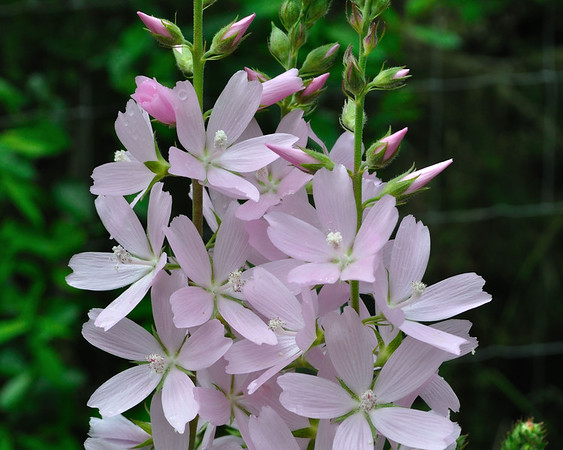
Native to sunny meadows and dappled shade of open woodlands in the Willamette Valley, meadow checkermallow created a gorgeous display of light pink blossoms up to 6 feet tall. In the shade it may... more->
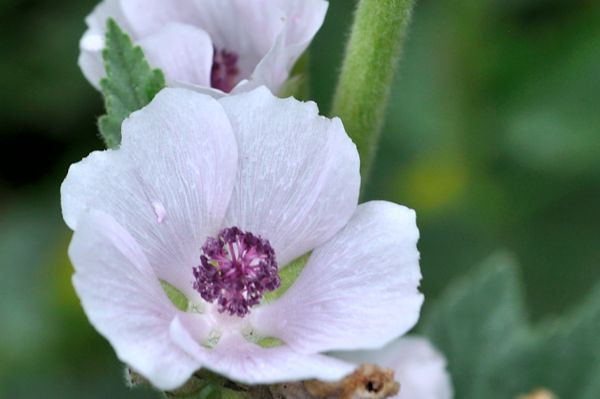
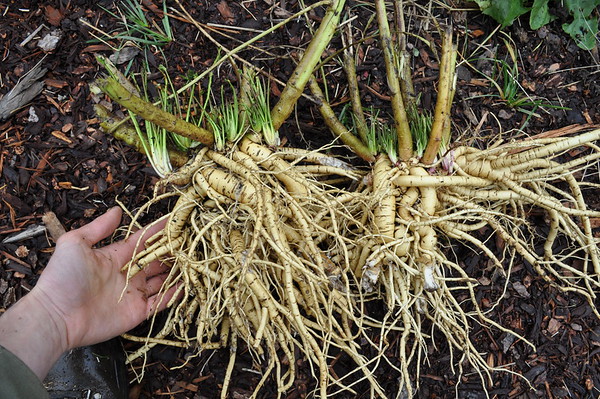
This perennial herb has soft leaves, beautiful hibiscus-like white and pink flowers, and provides a healing herbal medicine. Marshmallow roots are the original source of the slimy mucilage used... more->
The maypop is a perennial passionflower in our climate. The plant dies back each year to the ground and re-sprouts in late spring. Less vigorous than P. caerulea, this species has a... more->
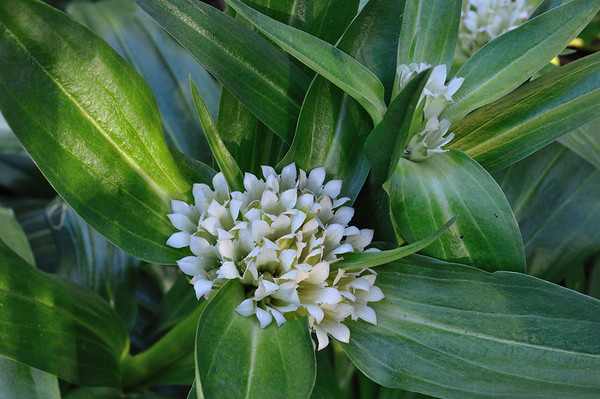
Native to the hills of western China and Tibet, this medicinal perennial likes rich, moist soil and sun. In mid-summer, it grows up to 2 feet tall with showy white blossoms. While so many... more->
Clustered wild rose is native to the Willamette Valley and other parts of the Pacific Northwest. It is a spreading woody shrub, growing up to 6 feet tall. It is a great and easy to grow wildlife... more->